JACK HART is the former managing editor and writing coach of the Oregonian. He is the author of A Writers Coach: An Editors Guide to Words That Work.
The University of Chicago Press, Chicago 60637
The University of Chicago Press, Ltd., London
2011 by Jack Hart
All rights reserved. Published 2011
Printed in the United States of America
20 19 18 17 16 15 14 13 12 11 1 2 3 4 5
ISBN-13: 978-0-226-31814-1 (cloth)
ISBN-13: 978-0-226-31816-5 (paper)
ISBN-10: 0-226-31814-1 (cloth)
ISBN-10: 0-226-31816-8 (paper)
Library of Congress Cataloging-in-Publication Data
Hart, Jack, 1946
Storycraft : the complete guide to writing narrative nonfiction / Jack Hart.
p. cm.(Chicago guides to writing, editing, and publishing)
Includes bibliographical references and index.
ISBN-13: 978-0-226-31814-1 (cloth: alk. paper)
ISBN-10: 0-226-31814-1 (cloth: alk. paper)
ISBN-13: 978-0-226-31816-5 (pbk.: alk. paper)
ISBN-10: 0-226-31816-8 (pbk.: alk. paper)
1. Creative nonfictionAuthorship. 2. Reportage literatureAuthorship. 3. Authorship. I. Title. II. Title: Complete guide to writing narrative nonfiction. III. Series: Chicago guides to writing, editing, and publishing.
PN3377.5.R45H37 2011
808.066dc22
2010032575
 The paper used in this publication meets the minimum requirements of the American National Standard for Information SciencesPermanence of Paper for Printed Library Materials, ANSI Z39.48-1992.
The paper used in this publication meets the minimum requirements of the American National Standard for Information SciencesPermanence of Paper for Printed Library Materials, ANSI Z39.48-1992.
E-book ISBN: 978-0-2263-1820-2
Storycraft
The Complete Guide to Writing
Narrative Nonfiction Jack Hart

Storycraft

On Writing, Editing, and Publishing
Jacques Barzun
Telling about Society
Howard S. Becker
Tricks of the Trade
Howard S. Becker
Writing for Social Scientists
Howard S. Becker
Permissions, A Survival Guide: Blunt Talk about Art as Intellectual Property
Susan M. Bielstein
The Craft of Translation
John Biguenet and Rainer Schulte, editors
The Craft of Research
Wayne C. Booth, Gregory G. Colomb, and Joseph M. Williams
The Dramatic Writers Companion
Will Dunne
Glossary of Typesetting Terms
Richard Eckersley, Richard Angstadt, Charles M. Ellerston, Richard Hendel, Naomi B. Pascal, and Anita Walker Scott
Writing Ethnographic Fieldnotes
Robert M. Emerson, Rachel I. Fretz, and Linda L. Shaw
Legal Writing in Plain English
Bryan A. Garner
From Dissertation to Book
William Germano
Getting It Published
William Germano
A Poets Guide to Poetry
Mary Kinzie
The Chicago Guide to Collaborative Ethnography
Luke Eric Lassiter
Cite Right
Charles Lipson
How to Write a BA Thesis
Charles Lipson
The Chicago Guide to Writing about Multivariate Analysis
Jane E. Miller
The Chicago Guide to Writing about Numbers
Jane E. Miller
Mapping It Out
Mark Monmonier
The Chicago Guide to Communicating Science
Scott L. Montgomery
Indexing Books
Nancy C. Mulvany
Developmental Editing
Scott Norton
Getting into Print
Walter W. Powell
The Subversive Copy Editor
Carol Fisher Saller
A Manual for Writers of Research Papers, Theses, and Dissertations
Kate L. Turabian
Students Guide for Writing College Papers
Kate L. Turabian
Tales of the Field
John Van Maanen
Style
Joseph M. Williams
A Handbook of Biological Illustration
Frances W. Zweifel
To the extraordinary writers who worked with me to discover the art of narrative.
Introduction
Nearly thirty years ago a police reporter walked into my Northwest Magazine office and pitched a story. A drunk driver had killed a young mother, and the reporter had dutifully written a routine news brief. But the womans death haunted him. What tricks of fate had led her to the improbable place and time of her death? What kind of life had she left behind? And what of the man who killed her? Was he just another drunk, or did unsuspected humanity lurk behind the stereotype? Surely, the story went beyond the two column inches our newspaper had buried on page B6, plugging the space above an ad for dental insurance.
So Tom Hallman came to the Oregonians Sunday magazine, where I was the newly minted editor, and sold me on a true story. The version wed publish would have a beginning, a middle, and an end. Strong internal structure would regulate pace and create dramatic tension. Instead of sources, it would have characters. Instead of topics, it would have scenes. It would be scrupulously accurate, but it would reveal truths beyond the reach of an ordinary news report.
Collision Course, the five-thousand-word narrative that resulted, was unlike any journalism Tom or I had ever produced. The way readers responded to it was new to us, too. They called or wrote to tell us how riveting the story had been. They had been lost in it, instructed by it, moved by it. And they wanted more.
That story launched a lifelong love affair with narrative nonfiction.
The timing was perfect. Our experiment with true-life storytelling caught a wave of rising interest in stories drawn from reality. Book-length works of reported nonfiction such as John McPhees Coming into the Country and Tracy Kidders The Soul of a New Machine made regular appearances on the best-seller lists. Tony Lukass Common Ground, a meticulously reported account of forced racial
The trend reached way beyond books. Over the next few years nonfiction storytelling would explode in major American newspapers and magazines, narrative nonfiction would show up on radio, and the documentary would assume new prominence in film. Eventually, the Internet would change the way nonfiction writers worked and push the form in new and exciting directions.
We rode the narrative nonfiction wave through my years at Northwest, using the form to explore topics ranging from logging to heart transplants to genetic engineering. The magazines readership soared, making it one of the best-read parts of the Sunday paper. So when I became the Oregonians writing coach, I used the skills Id developed during a dozen years as a full-time university professor to teach narrative theory to the rest of the Oregonians writers and editors.
They were stunningly successful at putting theory into practice. Oregonian narratives won national awards for stories on religion, business, music, crime, sports, and just about any other subject you can imagine. Rich Read worked with me on an international business story that won a Pulitzer Prize for explanatory journalism. Tom Hallman and I joined forces again on a story that won a Pulitzer for feature writing. Michelle Roberts worked with me on a narrative submitted as part of the package that won the Pulitzer for breaking news. Rich Read and Julie Sullivan, another writer who worked with me one-on-one for years, served as part of an Amanda Bennett team that won the 2001 Pulitzer Gold Medal, the highest honor in American journalism.
Next page

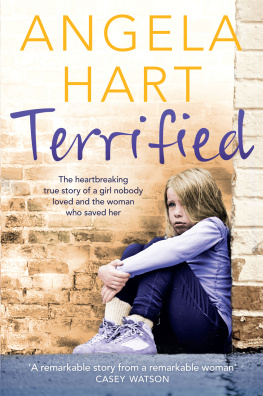
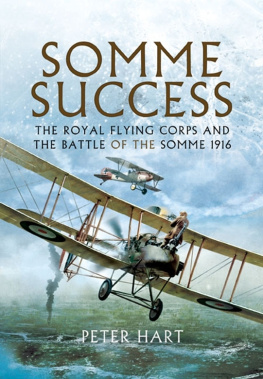
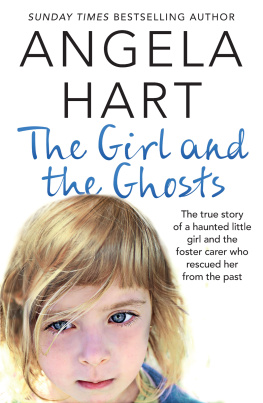
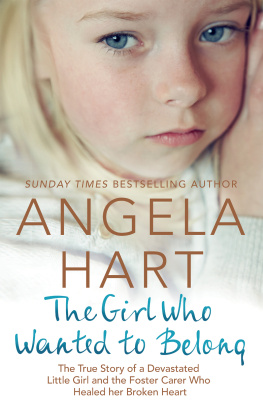
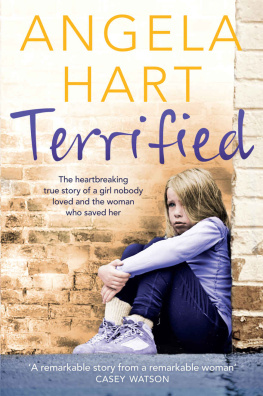
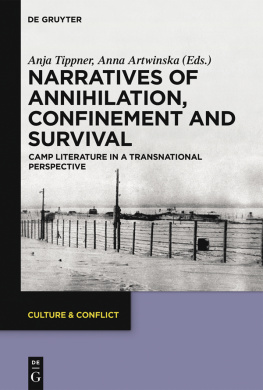
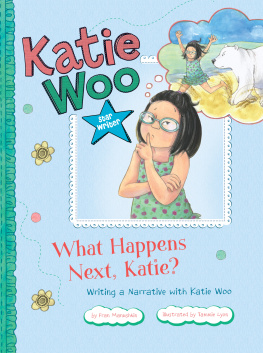
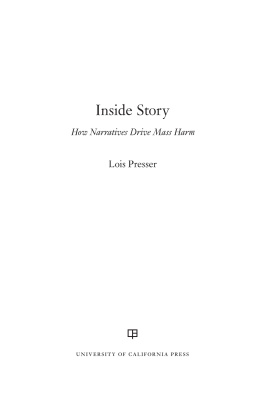


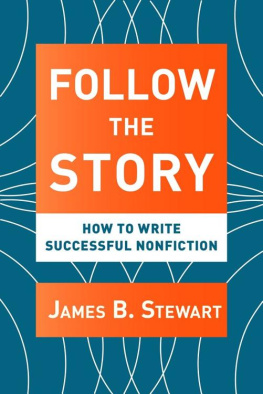
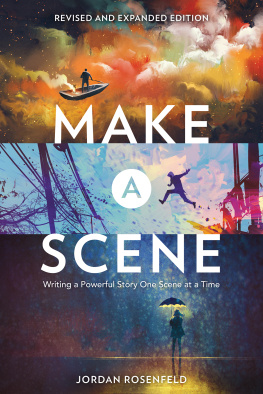
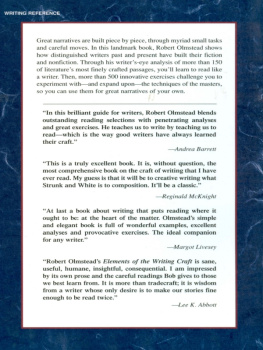
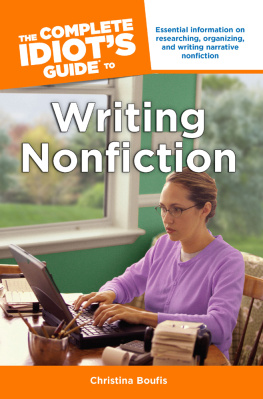

 The paper used in this publication meets the minimum requirements of the American National Standard for Information SciencesPermanence of Paper for Printed Library Materials, ANSI Z39.48-1992.
The paper used in this publication meets the minimum requirements of the American National Standard for Information SciencesPermanence of Paper for Printed Library Materials, ANSI Z39.48-1992.
